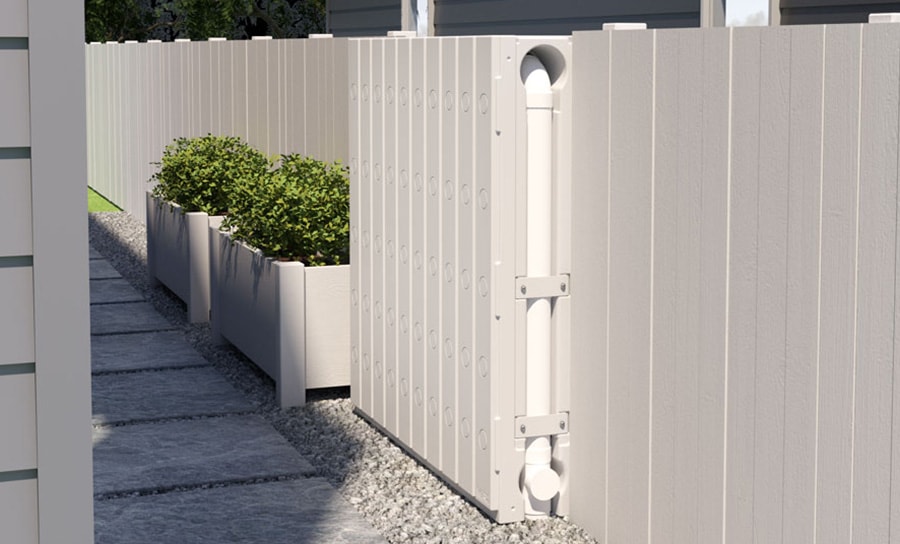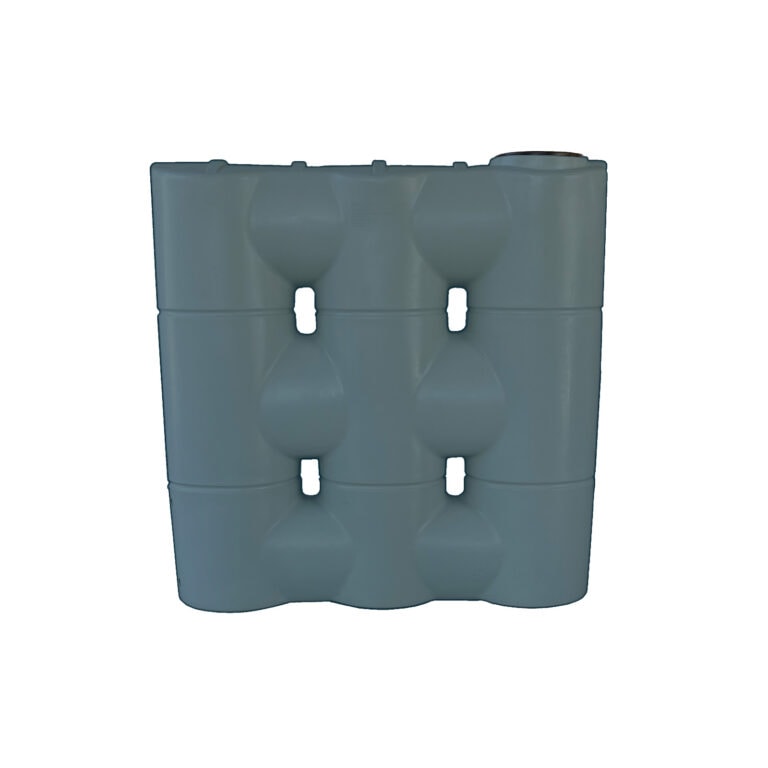Recognizing the Importance of Rain Storage Tanks in Drought-Prone Regions for Water Protection
In regions at risk to prolonged dry spells, the function of rainwater tanks in strengthening water protection is a topic of expanding value. As communities come to grips with the obstacles of water scarcity, recognizing the importance of these tanks exceeds simple collection of rain. Rainwater containers act as a crucial tool in reducing the impact of water scarcities by supplying a lasting source of water for different requirements. The real value of rainwater containers prolongs much beyond mere storage; it includes resilience-building actions and the promotion of lasting water conservation approaches. This multifaceted approach to water safety warrants a closer assessment of the duty rainwater containers play in guaranteeing a reputable supply of water throughout times of drought.
Benefits of Rainwater Containers
Using rainwater tanks provides a lasting service for increasing water and improving water protection in household and commercial settings. One of the primary benefits of rain storage tanks is their capability to lower reliance on mains water. By catching and storing rainwater that falls on roofs, this different resource can be utilized for numerous non-potable purposes such as watering, purging bathrooms, and cleaning clothes. This not just conserves treated alcohol consumption water but likewise decreases water expenses for users.

Rainwater Harvesting Techniques
Rainwater harvesting strategies encompass a series of methods designed to efficiently accumulate and save rain for numerous functions, adding to water conservation and sustainability. One common technique is the installation of roof catchment systems, where rain is accumulated from the roof covering of a structure and guided to a tank. This approach is reasonably basic and economical. One more popular technique is making use of above-ground or below ground tank to keep rainwater for later usage. These containers are available in different sizes and products to match various demands and can be linked to the existing plumbing system for easy accessibility.

Furthermore, rainfall yards and absorptive pavements are ingenious strategies that involve landscaping or paving surface areas in such a way that permits rainwater to percolate into the ground, replenishing groundwater books. Additionally, contour farming and terracing are agricultural methods that aid capture rainwater and stop dirt disintegration in hilly terrain. By carrying out these varied rain harvesting strategies, communities can enhance water safety and strength in drought-prone areas while promoting sustainable water administration methods.
Relevance of Water Security
Guaranteeing trustworthy access to tidy and adequate water sources is paramount for sustaining human health, economic advancement, and environmental wellness. Water safety is a critical aspect of societal durability, especially in areas at risk to dry spells and water scarcity. Sufficient water safety and security incorporates numerous measurements, consisting of availability, quality, and access of water for residential, farming, commercial, and ecological demands.
Water security plays an essential function in advertising public health and wellness by minimizing the prevalence of waterborne diseases and guaranteeing sanitation centers. Financially, water safety is vital for agricultural productivity, commercial procedures, and general economic development. Slimline water tanks. Additionally, water safety and security is carefully linked to environmental sustainability, as it sustains ecosystems, biodiversity, and total eco-friendly equilibrium.
In drought-prone areas, water safety comes to be much more vital because of the heightened risk of water shortages. Applying approaches like rain harvesting, water recycling, and reliable water administration techniques can dramatically improve water safety and security in these click over here areas. By focusing on water safety and security, areas can much better withstand the influences of climate adjustment, population development, and other challenges that intimidate water schedule.
Enhancing Water Durability
With enhancing global water difficulties, constructing resilience in water supply has become a crucial emphasis for lasting advancement initiatives. Enhancing water resilience entails implementing approaches to make sure water availability and high quality despite altering environmental conditions, such as dry spells, floods, and pollution.
One secret facet of boosting water strength is promoting using rain containers in drought-prone areas - Slimline water tanks. Rain containers offer as a reliable means of capturing and storing rainwater for later usage, reducing reliance on limited freshwater resources throughout completely dry durations. By including rain harvesting systems right into water monitoring strategies, neighborhoods can improve their capability to hold up against water deficiency and keep water security

Sustainable Water Preservation
Amidst rising water difficulties, the prudent monitoring of water sources with lasting conservation practices is imperative for making certain long-lasting ecological security and social health. Sustainable water conservation entails the efficient use water resources to satisfy present demands without endangering the capacity of future generations to meet their own requirements. By implementing techniques such as rainwater harvesting, greywater recycling, and water-efficient innovations, neighborhoods can minimize water waste and relieve stress on freshwater resources.
In addition, lasting water preservation techniques add to ecosystem wellness by keeping adequate water levels in rivers, lakes, and wetlands, supporting biodiversity, and preserving natural habitats. These practices also play an important function in alleviating the influences of environment change by helping to adapt to altering rainfall patterns and water accessibility.

Conclusion
In conclusion, rainwater containers play an essential weblink function in boosting water security and durability in drought-prone areas. By making use of rain harvesting techniques, neighborhoods can minimize their dependence on traditional water sources and promote sustainable water conservation methods. This not just aids mitigate the impacts of water scarcity throughout droughts but likewise adds to long-lasting water protection and durability in the face of environment adjustment challenges.